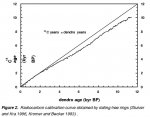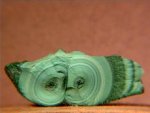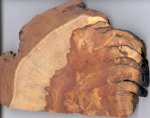As you should be able to see above, the radiocarbon dating of organic remains becomes fairly useless at a little over 55,000 years. In practical terms, we need a very large hunk of what ever it is we want to date for every old material. But the bigger the sample the more likely we get a contaminant along with the sample. The theoretical maximum C14 age would be near to 100 thousand years, but that will never be practical. As instrumentation improves we will push this back to 60, or 70 thousand years. I have seen some published dates for bone, and charcoal at the limit.
There are a nearly a dozen direct dating methods that do not use the measurement of radioactive decay. Examples that I consider highly reliable are thermoremnant luminescence, thermoremnant magnetic field orientation, electron spin resonance, amino acid racimization, and fission track dating of glasses (obsidian for a prehistoric example). They generally require better training in field collection, and sample preparation than simple radiometric methods.
For example, nearly any large tooth can be dated by Uranium/Thorium ratios. All you need to do is find a big tooth, and send it to the proper lab. Thermoremnat luminescence required recognizing a suitable specimen, sealing it in a dark container (or aluminum foil), collecting a liter of surrounding soil, detailed notes on the humidity profile of the site ... Then the lab work started with analysis of the soil sample for its isotope profile, porosity, and more. A lot of freaking work. But, the published TL data on ancient pottery and then the radiocarbon data on the contents of the pot were very cool. (Oh, and they matched).










